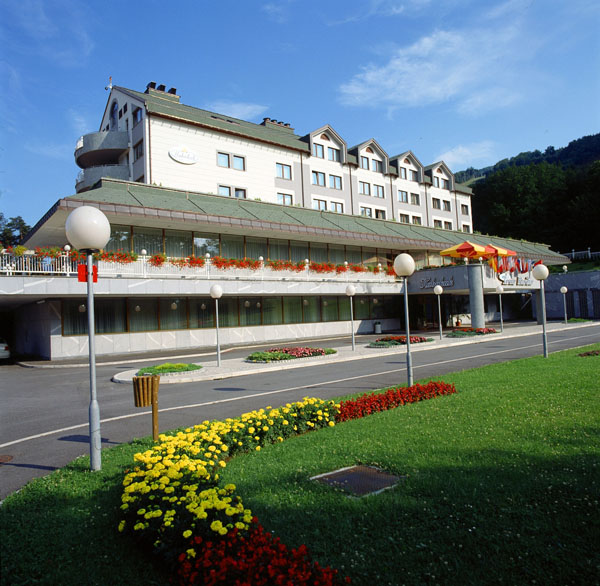Peter Novak, Franc Novak & Barbara Koroušić Seljak
Abstract
In this paper, an enhancement of a web application design is presented. The aim was to modify the visual quality of the application in order to make it simple and visually more easy to understand, which consequently leads to improved user experience. The process of enhancement of user interface of the web application home page and subsequent web pages is based on different methods for establishing clear visual hierarchy of presented information, among them the methods of reduction, regularization and leverage. The web application to which the above principles were applied is Open Platform for Clinical Nutrition, which offers to users effective means for identifying their nutritional state and adjusting diet plans to their way of life and clinical state. Currently, the application has about 3000 active users.
[Link – Springer]



